Rising Awareness of Energy Security
Rising awareness of energy security is driving interest in the direct methanol-fuel-cell market. As Europe faces geopolitical tensions and fluctuating energy prices, the need for energy independence becomes increasingly critical. Direct methanol fuel cells offer a reliable and efficient energy source that can be produced locally, reducing reliance on imported fossil fuels. This aspect is particularly appealing to policymakers and businesses looking to enhance energy resilience. The direct methanol-fuel-cell market is likely to see increased investments as stakeholders recognize the potential of fuel cells to contribute to a more secure and stable energy landscape. This trend is expected to gain momentum as energy security continues to be a priority for European nations.
Advancements in Fuel Cell Technology
Technological advancements in fuel cell technology are significantly influencing the direct methanol-fuel-cell market. Innovations in catalyst materials and membrane technology have enhanced the efficiency and performance of fuel cells, making them more viable for commercial applications. For instance, recent developments have led to fuel cells that operate effectively at lower temperatures, which is advantageous for various applications, including portable power systems and transportation. The direct methanol-fuel-cell market benefits from these advancements, as they not only improve energy conversion efficiency but also reduce costs associated with production and maintenance. As a result, the market is expected to witness a surge in adoption across multiple sectors, including automotive and stationary power generation.
Growing Demand for Clean Energy Solutions
The increasing demand for clean energy solutions in Europe is a primary driver for the direct methanol-fuel-cell market. As nations strive to meet stringent environmental regulations and reduce greenhouse gas emissions, the adoption of alternative energy sources becomes imperative. The European Union has set ambitious targets to cut emissions by at least 55% by 2030, which propels the need for innovative technologies like direct methanol fuel cells. This market is projected to grow at a CAGR of approximately 15% from 2025 to 2030, indicating a robust shift towards sustainable energy. The direct methanol-fuel-cell market is well-positioned to capitalize on this trend, as it offers a cleaner alternative to traditional fossil fuels, aligning with the broader goals of energy transition and sustainability.
Growing Applications in Transportation Sector
The growing applications of direct methanol fuel cells in the transportation sector are a significant driver for the market. With the automotive industry shifting towards electrification and sustainable solutions, fuel cells are emerging as a viable alternative to conventional batteries. Direct methanol fuel cells offer advantages such as faster refueling times and longer range capabilities, making them suitable for various transportation modes, including buses and trucks. The European market for fuel cell vehicles is projected to expand, with estimates suggesting a growth rate of around 20% annually through 2030. The direct methanol-fuel-cell market stands to benefit from this trend, as manufacturers and consumers increasingly recognize the potential of fuel cell technology in achieving cleaner and more efficient transportation.
Supportive Government Policies and Incentives
Supportive government policies and incentives play a crucial role in driving the direct methanol-fuel-cell market. European governments are increasingly implementing policies that promote the use of renewable energy technologies, including fuel cells. For example, various countries offer financial incentives, such as grants and tax breaks, to encourage the adoption of clean energy solutions. The European Commission's Green Deal aims to mobilize investments of over €1 trillion to support sustainable projects, which includes funding for fuel cell technology. This favorable regulatory environment fosters growth in the direct methanol-fuel-cell market, as it lowers the financial barriers for businesses and consumers to invest in cleaner energy alternatives.



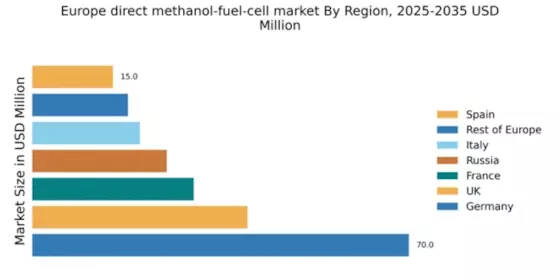

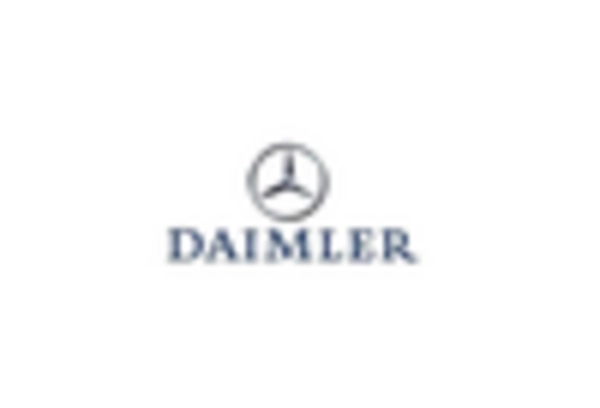

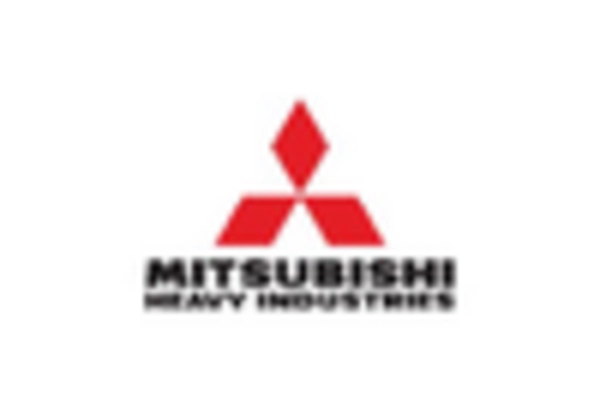
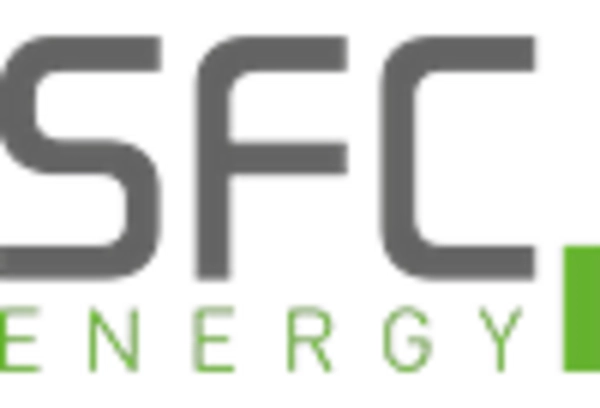
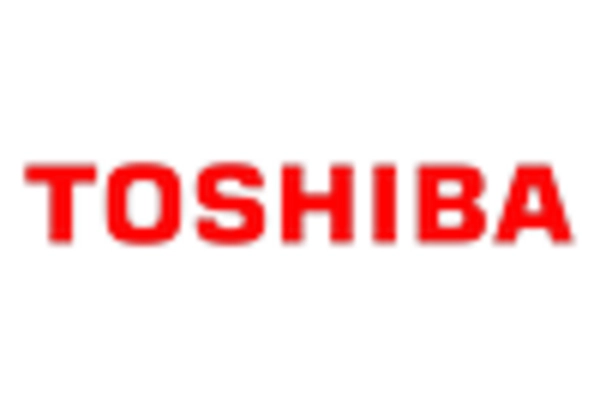








Leave a Comment